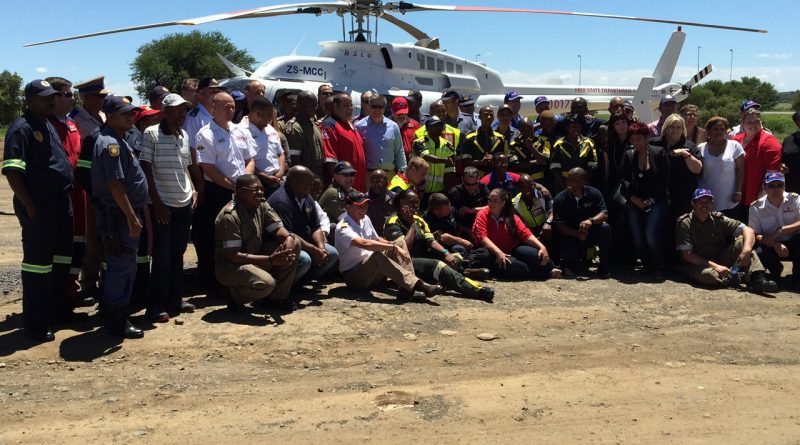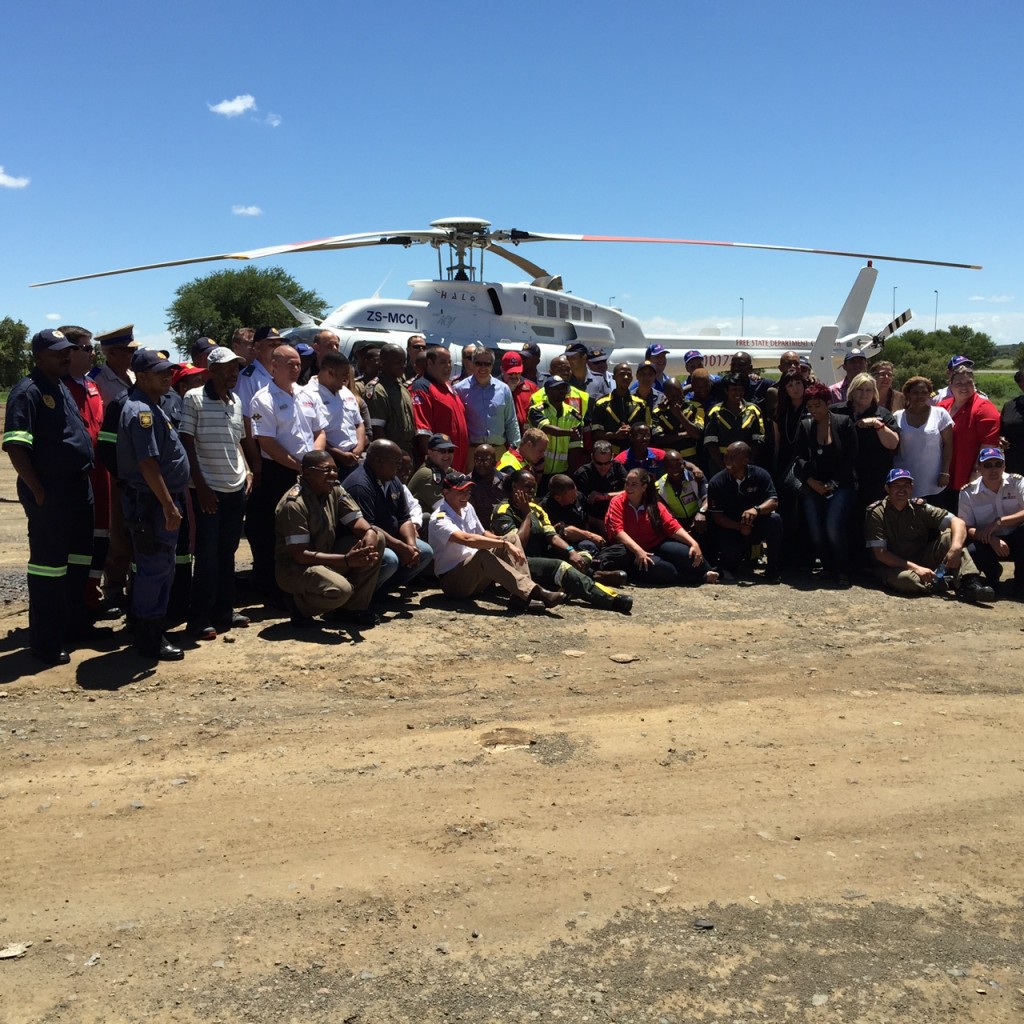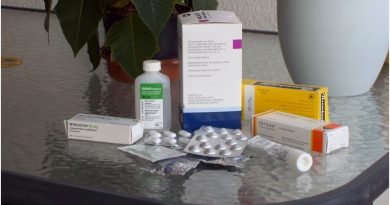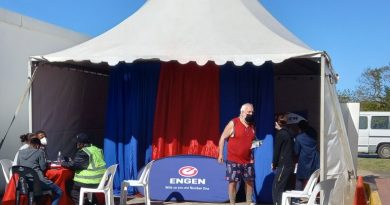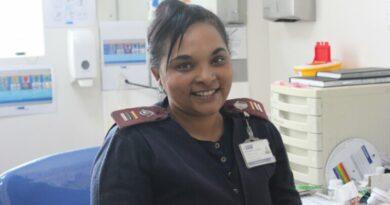Assistance to Road Users to Drive Safely this Festive Season
According to the Road Traffic Management Corporation (RTMC) around 40 people die on South Africa’s roads a day, costing the economy more than R300bn a year. Over the 2013 Christmas period alone, 1 376 South African people lost their lives in car accidents.
“As the year draws to a close, we are reminded of the devastating accidents that have made headlines this year. In light of these, we would like to urge motorists to be cautious and alert on the roads this Festive Season, committing themselves to safer road user habits,” says Juan Marais, Sales Director of Cartrack.
In an effort to make a difference, Cartrack joined hands with Fury Motor Group to provide support to Netcare 911’s Rapid Intervention Unit in offering invaluable support to paramedic and fire personnel during road accident rescue operations, complete with extrication capabilities. The support vehicle operates independently from official medical and rescue vehicles.
About the Rapid Intervention Unit:
Peter De Kock, Group Risk and Credit Manager at Fury Motor Group says that the unique road accident support vehicle is first and foremost a project that belongs to the community. “There is no charge to the public for the services rendered by the unit. Our priority is to provide quality emergency support in a time of absolute need and when lives of accident victims and medical personnel depend on it,” says Peter.
Netcare 911’s Rapid Intervention Unit will once again be stationed along the N3 route to Kwazulu-Natal at the Van Reenen’s Pass over the Festive Season – a hot spot for accidents – and will attend to any incidents in the vicinity. One of the key services that the vehicle provides is to prevent situations where a motorist crashes into an existing accident scene. “Distracted drivers often do not have enough time to react to a change in the road conditions, which can potentially cause additional damage to an existing accident scene by further injuring accident victims, and placing the lives of emergency personnel attending to the scene at serious risk,” explains Peter.
Cartrack, Fury Motor Group and Netcare 911 provide the following road safety tips:
• Avoid speaking on your phone, but if you absolutely must, always use a hands-free mobile kit to make or receive a phone call.
• Never text on your phone while driving.
• Do not speed. Speed limits are there for good reason – abide by them. According to Arrive Alive, speeding is regarded as a factor in nearly one-third of all fatal crashes.
• Pay attention to road signs and markings – they are there to protect you and other road users.
• Get enough sleep before your trip and make regular stops to stretch your legs and refresh your mind.
• Keep your cool and avoid road rage.
• Have your car serviced and thoroughly checked before your. Double check your car’s tyres to ensure the tread is adequate and ensure that oil, water and brake fluid levels are sufficient before you leave.
• Find out what the emergency numbers are of the places you are driving through or to and have them handy.
If an emergency vehicle approaches
• Make use of rear view mirrors (you will see the emergency vehicle long before you hear the sirens).
• Relax, and look at the emergency vehicle and/or driver as they will indicate where they want to go; guiding you where you should go.
• Move towards the left so the vehicle can pass on your right.
• Should you not be able to move left, move towards the edge of your lane so the emergency vehicle can pass between the vehicles.
• Never tailgate an emergency vehicle as they could decelerate or stop at any time.
• Do not use the emergency lane if traffic is backed up.
“The Rapid Intervention Unit has an important role to play and there is a real need for vehicles of this nature to assist in making our roads safer and providing first line of care for accident victims. The real win however, would be if these accidents never happened in the first place – and it all boils down to reassessing our driver behaviour and making changes for the better,” concludes Juan Marais, Cartrack.

